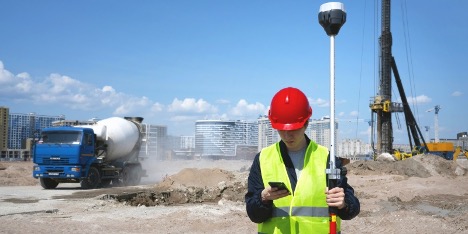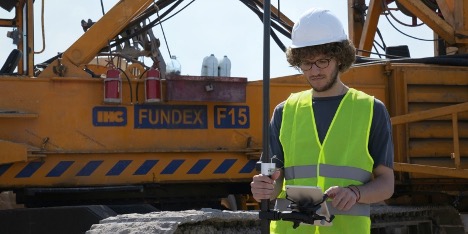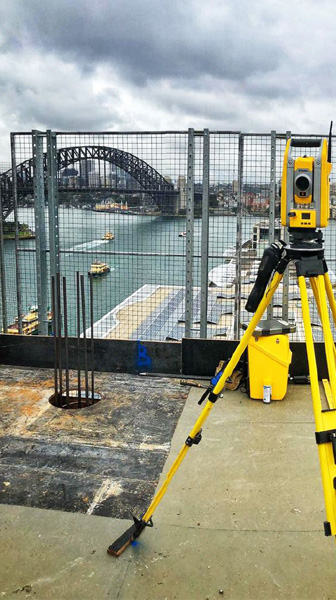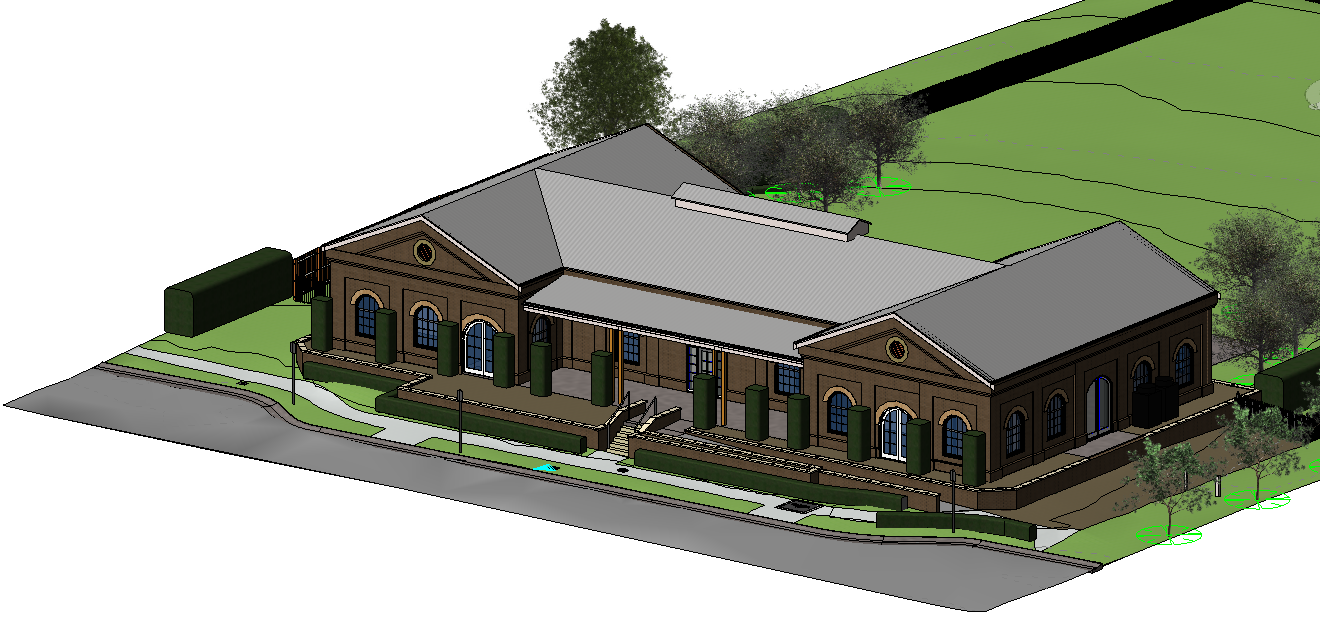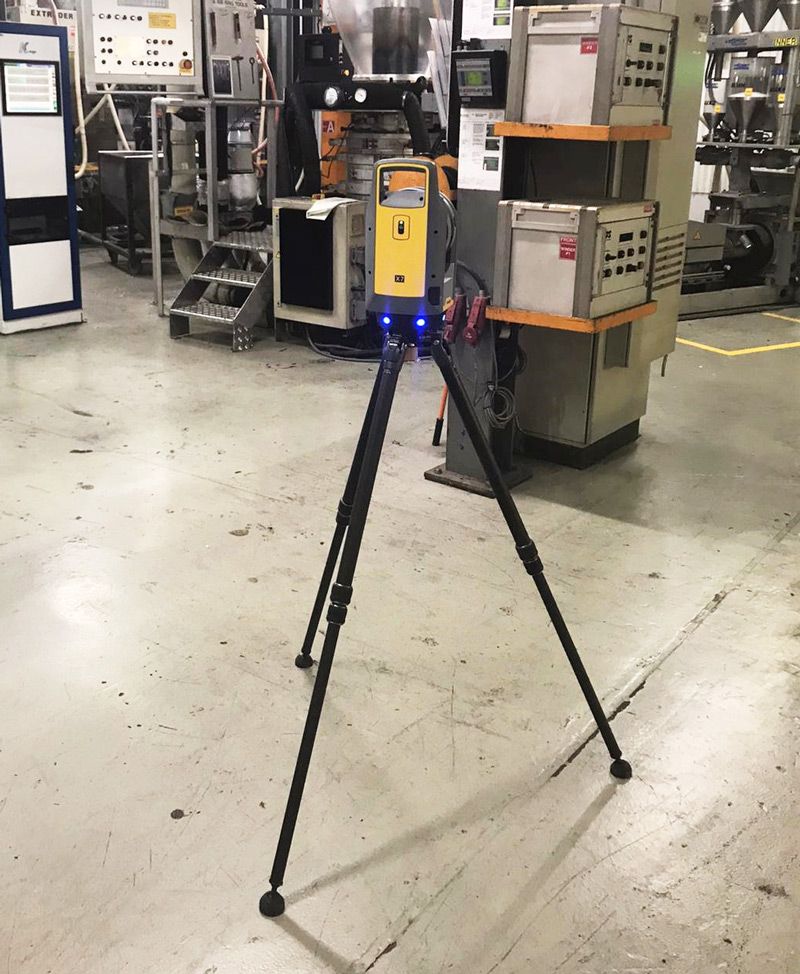Land surveyors perform a range of land surveys depending on the property or the construction project. They use the latest technology and calculation methods to provide you with the most accurate survey results.
6 Types Of Land Surveys & When To Use Them
Below, we outline six different types of land surveys. We also cover when to use them for residential properties or construction projects.
Boundary Survey
Land surveyors conduct boundary surveys to determine the correct property lines for a plot of land.
Firstly, they need to do research on the property, which includes searching for the property’s registered Deposited Plan and Certificate of Title as well as looking into the current survey information in the area.
Next, the surveyor attends the site to conduct a physical survey using specialised survey equipment. The Surveyor locates the property line using the registered Deposited Plans and State Survey Marks and then places marks in the boundary line.
Property owners or developers need boundary survey documents to install new fencing or apply for Development Consent.
Topographic Survey
A land surveyor performs a topographic survey to identify the presence of natural or man-made features. These include:
- Existing buildings
- Existing easements
- Adjoining neighbouring properties
- Substantial trees
- Visible street furniture
- Levels of the site
Surveyors use a combination of field equipment and CAD (Computer-Aided-Design) software to create a plan of the property. They can also produce a 3D model of the site if it is required.
Topographic surveys are necessary when the property owner is looking to develop the property. A topographic survey allows an architect to commence the design process.
Identification Survey and Report
A land surveyor performs an Identification Survey and Report to identify buildings or other structures on a property in relation to the property boundaries and to show any encroachments by or upon the property by neighbouring properties.
The surveyor performs calculations and using CAD (Computer-Aided-Design) software prepares a sketch and a written report.
Identification Surveys and Reports are requested by Council when illegal works have been built on a property or at the end of a new build to ensure it is built in the correct position. They are also requested by solicitors and conveyancers are part of a Contract of Sale.
Construction Survey
Land surveyors use the approved architectural plans as well as Deposited Plans to determine the approved proposed location of a new structure.
Surveyors place physical marks in the approved proposed location for various trades such as excavators, bricklayers and concreters to follow. The surveyor then prepares a sketch showing the location of the marks. This sketch is signed by a Registered Surveyor.
Developers and builders can use construction surveys to determine the progress of the project and the accuracy of the construction compared to the original design plans.
Subdivision Survey
Surveyors perform subdivision surveys which detail how a parcel of land is to be legally divided into smaller parcels of land.
Surveyors prepare both Preliminary Subdivision surveys for the purpose of gaining approval and Final Subdivision plans for registration with Land Registry Services.
Any property owner or developer needs a subdivision survey if they want to divide their land.
Easement Survey
An easement grants a property owner legal use of a portion of a neighbouring property. The most common form of easement is an Easement to Drain Water. This type of easement allows a property owner to legally run stormwater pipes through an adjoining property. There are two methods of legally registering an easement and a surveyor will determine the required method based on the stormwater design provided by a Hydraulic engineer.
Final Thoughts
Land surveyors generally map out boundary lines and identify features on a construction site or building project. This is important for many reasons and is necessary for new developments, construction projects, subdivisions, and more.





